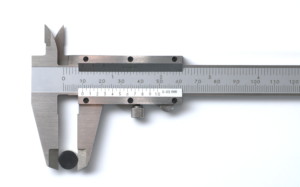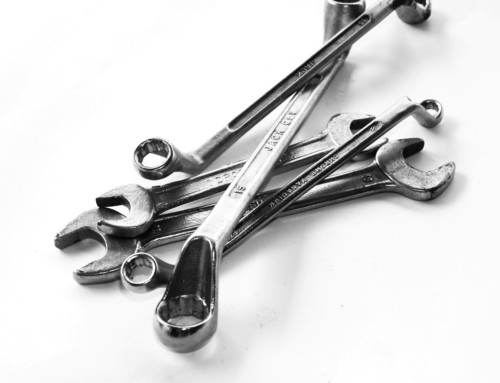Precision Maintenance May Be The Key To Unlocking Reliability
 Why is it that some individuals perform a PM Routine and always find something and others don’t? And why is that when some individuals perform a rebuild or overhaul, the equipment struggles to start and return to steady state? The answer comes down to how detailed the individuals are during the maintenance activity. But how can this be overcome with such a wide range of individuals in the maintenance team? The answer is precision maintenance
Why is it that some individuals perform a PM Routine and always find something and others don’t? And why is that when some individuals perform a rebuild or overhaul, the equipment struggles to start and return to steady state? The answer comes down to how detailed the individuals are during the maintenance activity. But how can this be overcome with such a wide range of individuals in the maintenance team? The answer is precision maintenance
What is Precision Maintenance?
According to the dictionary, Precision is;
- The state or quality of being precise; exactness;
- The ability of a measurement to be consistently reproduced;
Combine the definition of precision with that of maintenance;
- The act of maintaining or the state of being maintained;
- The work of keeping something in proper condition;
We arrive at something like “The act of maintaining in a consistently reproducible manner.” This means that the maintenance performed, is done the same way, and delivers the same outcomes regardless of who performs the activity. So does your maintenance program enable your maintenance activities to be repeatable and consistent?
What Precision Maintenance Looks Like
Precision maintenance is much more than just procedures. It is a way that maintenance is performed, it is the culture of the department. Precision maintenance takes a lot of effort in more than a few ways;
- Capability – Having the right skill set and technical competencies within the team are the starting point for precision maintenance. Without the proper skills and understanding of the task, the procedures will likely not yield any significant benefits.
- Procedures – Procedures need to be written in a way that makes them repeatable, contains all applicable specifications and eliminates any interpretation. This ensures that the lowest qualified skill set can perform the activity to the same level as an experienced individual.
- Tools – The only way to perform precision maintenance is if the team has the right tools. That is right; precision maintenance requires torque wrenches, dial indicators and other tools that are calibrated.
- Documentation – Utilizing the As-Found, As-Left approach is one way to keep track of the changing condition of equipment and know exactly what was done during any maintenance activity. Having a technical library of drawings, manuals, etc. is also required to identify the proper specifications for any maintenance activity
- Feedback Loop – An important part of any maintenance activity is capturing the current state of the asset and utilizing that information to make decisions. The feedback loop (part of the maintenance planning process), enables updates to drawings, updated procedures & specifications, and follow-up work to initiate.
- Culture – A culture that focuses on details, data-driven decision making, and continuous improvement is required to make precision maintenance work. Without it, the repeatable nature of the maintenance activities will be ignored, and inconsistent execution of the maintenance activities become commonplace.
Precision maintenance enables organizations to get the most out of their PM Programs, and reduce the infant mortality seen during the start-up of assets after shutdowns and outages. It is exactly what the armed forces and aviation sectors use to keep their assets safe and mission ready.
So is your PM Program based on precision or is it inconsistent and not repeatable? If you have implemented precision maintenance before, what have you found to be the biggest factor in its success?
Remember, to find success; you must first solve the problem, then achieve the implementation of the solution, and finally sustain winning results.
I’m James Kovacevic
Eruditio, LLC
Where Education Meets Application
Follow @EruditioLLC [/fusion_builder_column][/fusion_builder_row][/fusion_builder_container]


